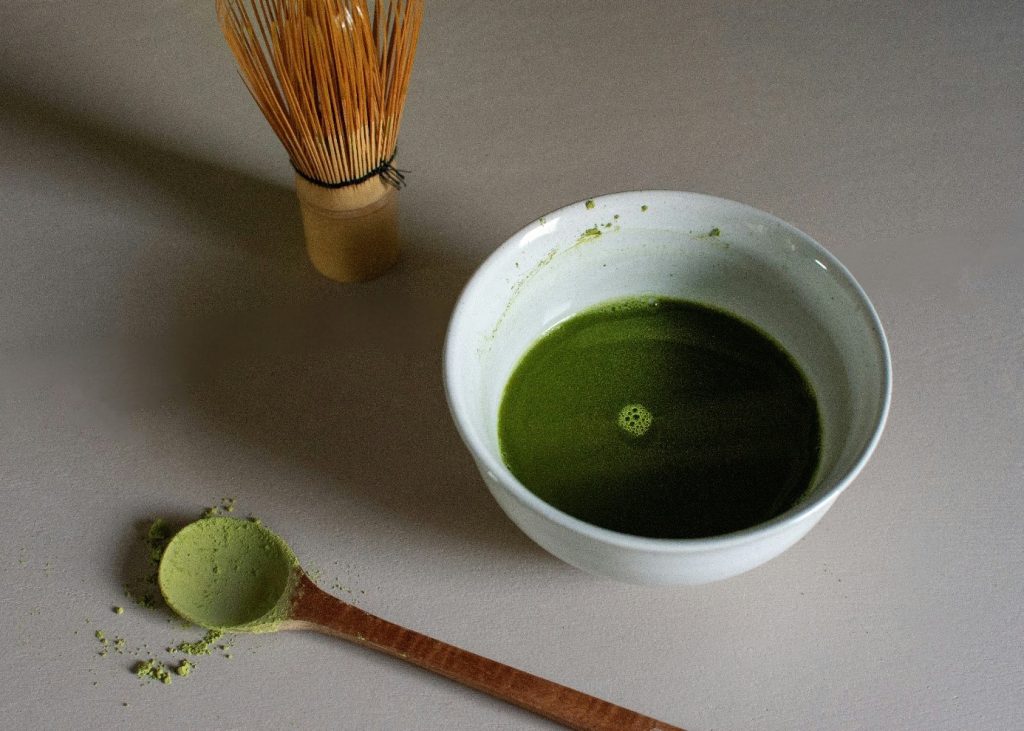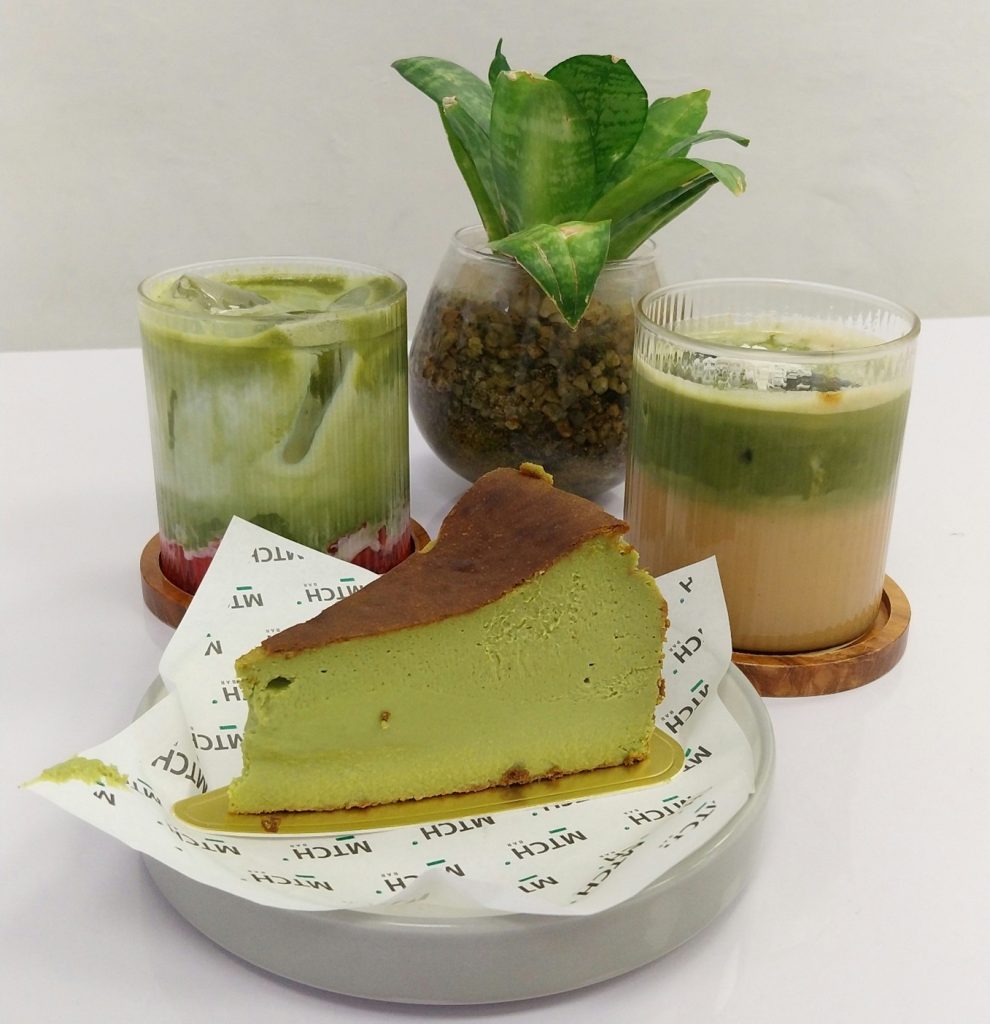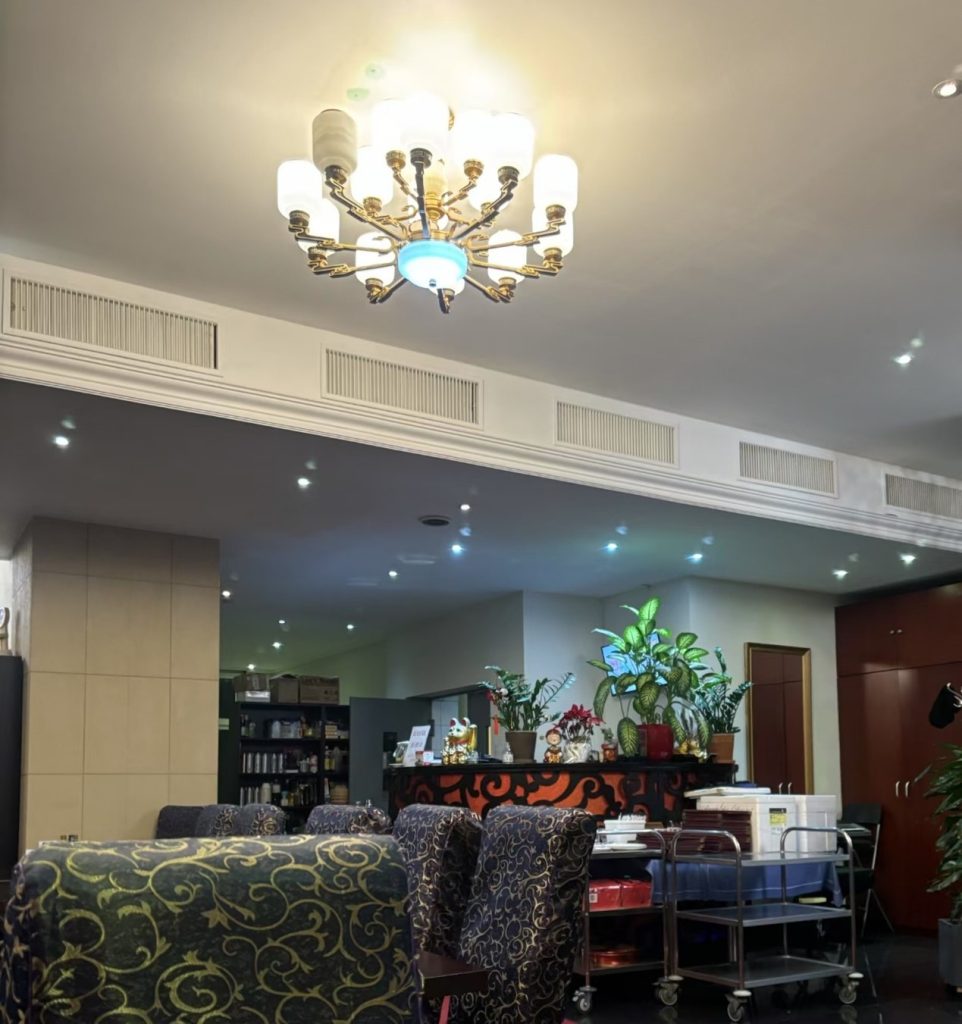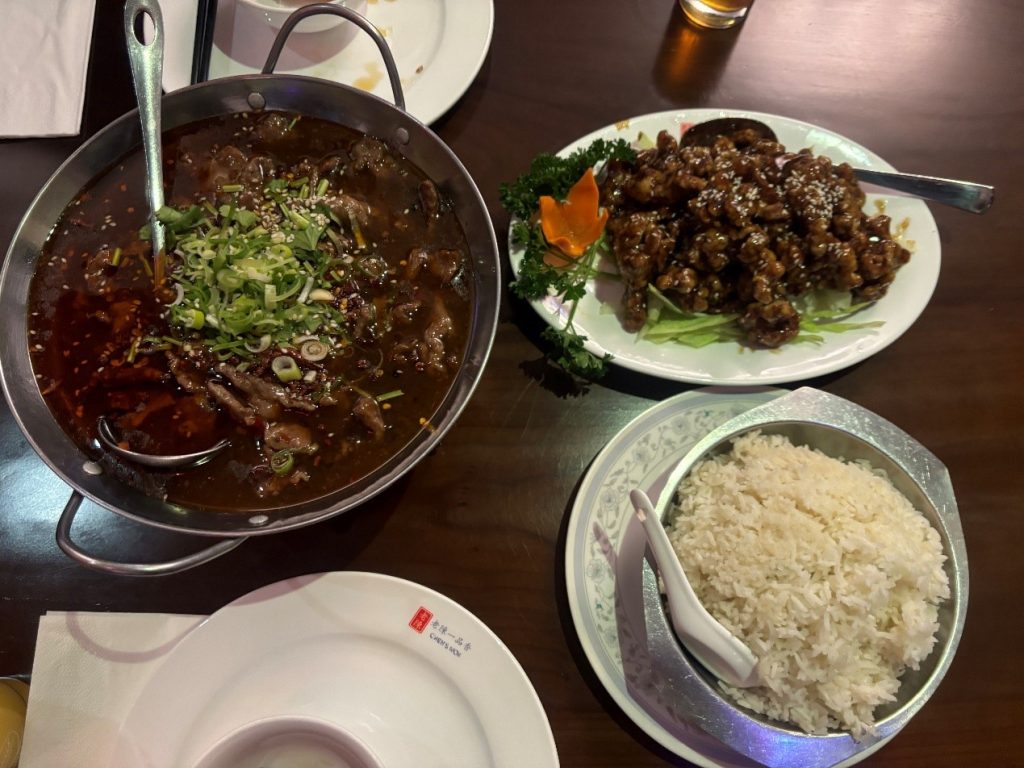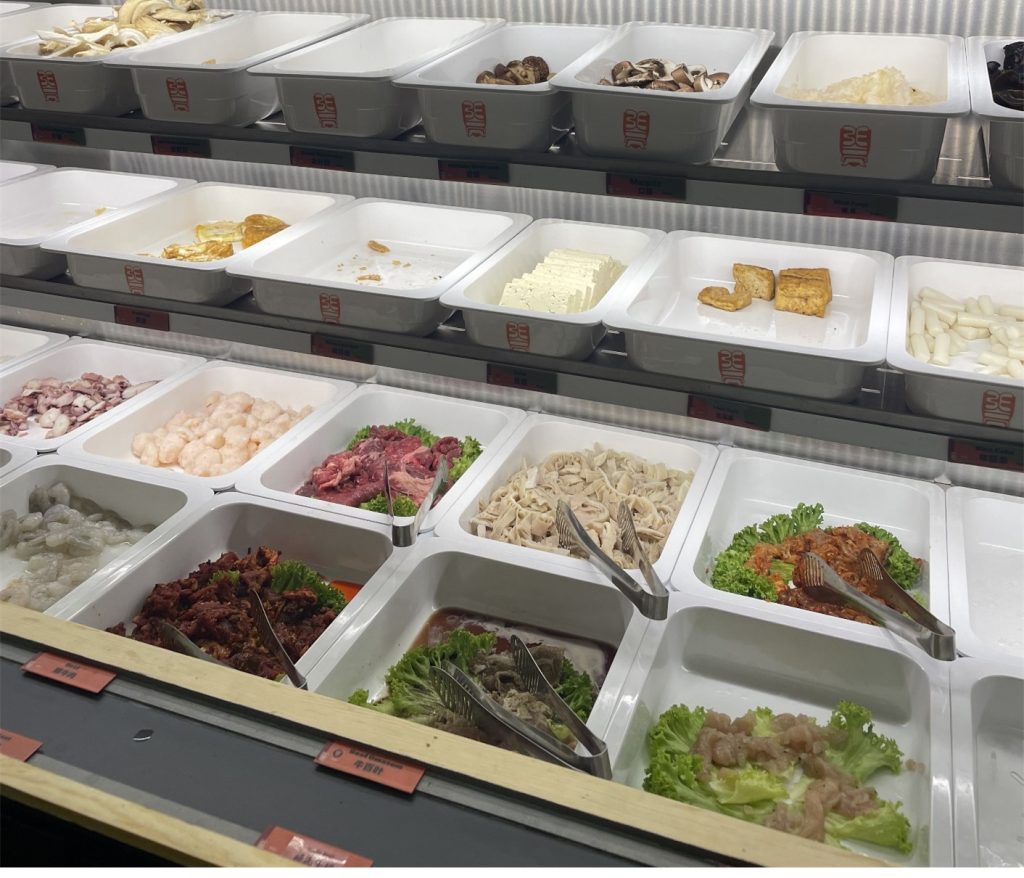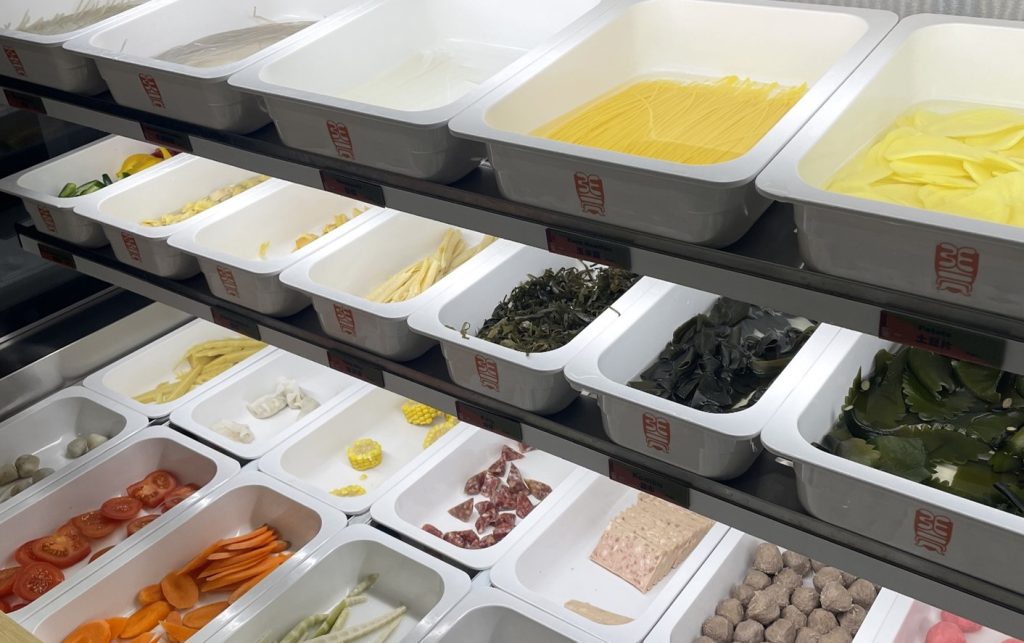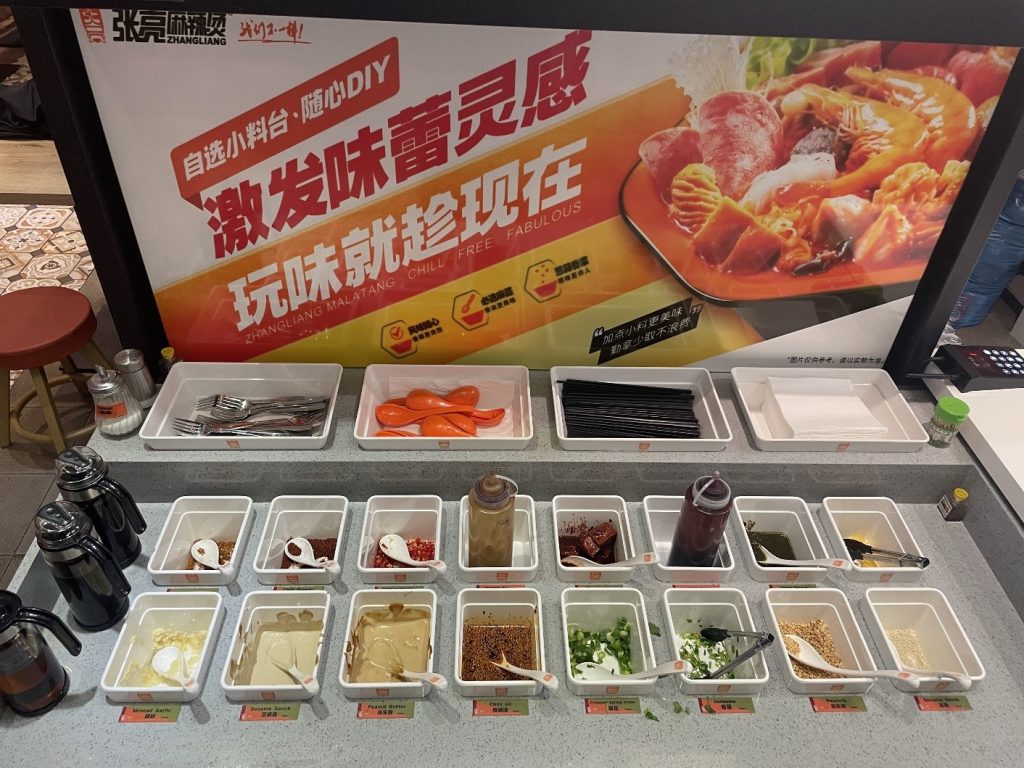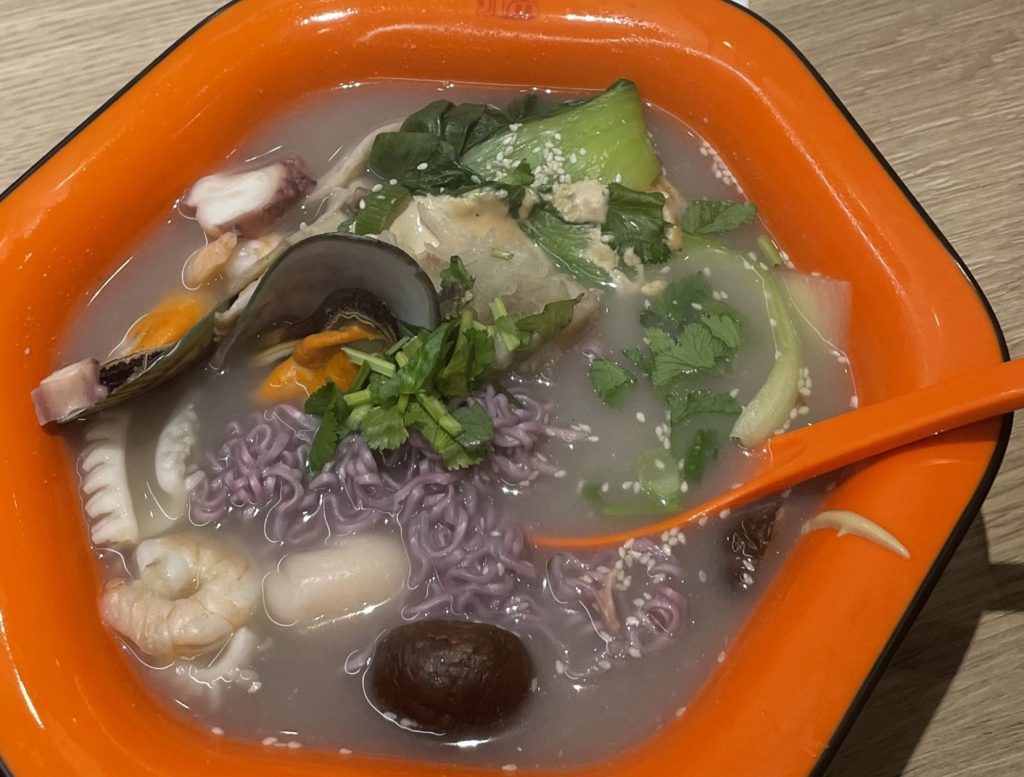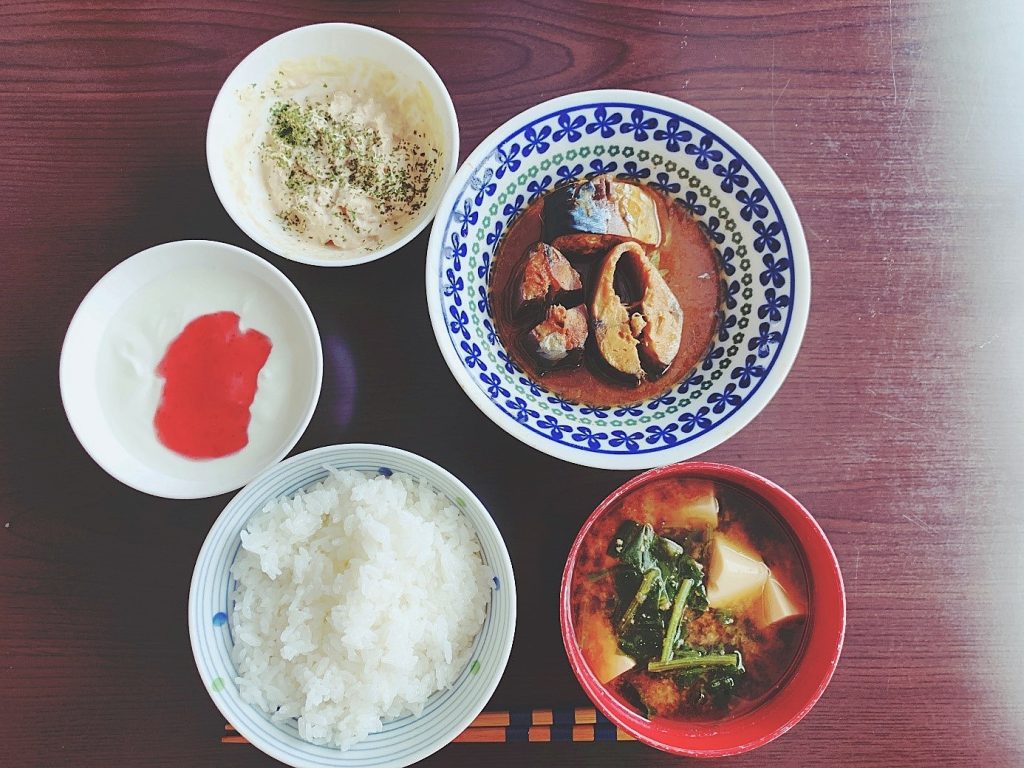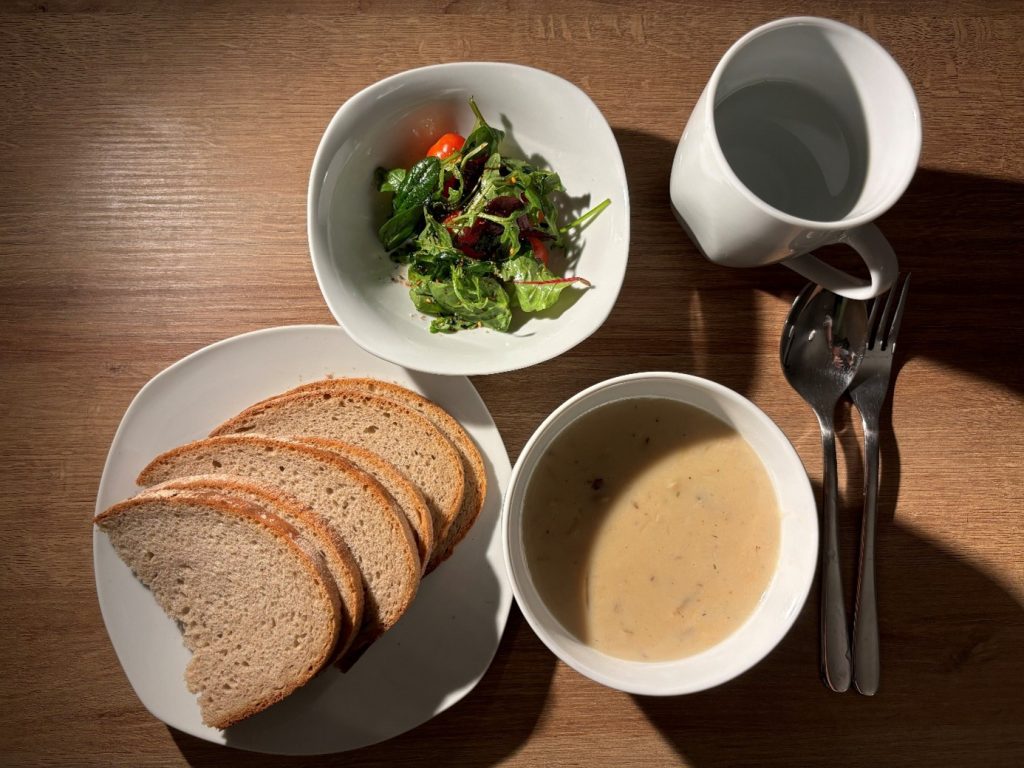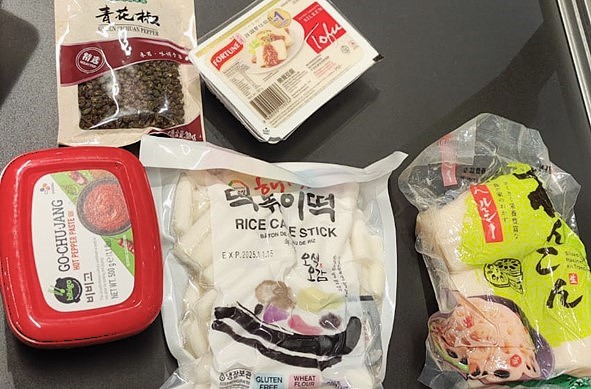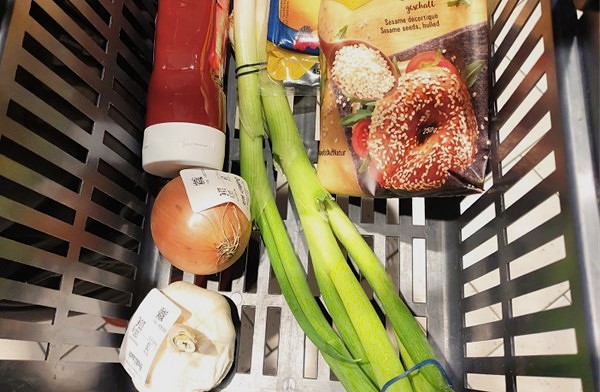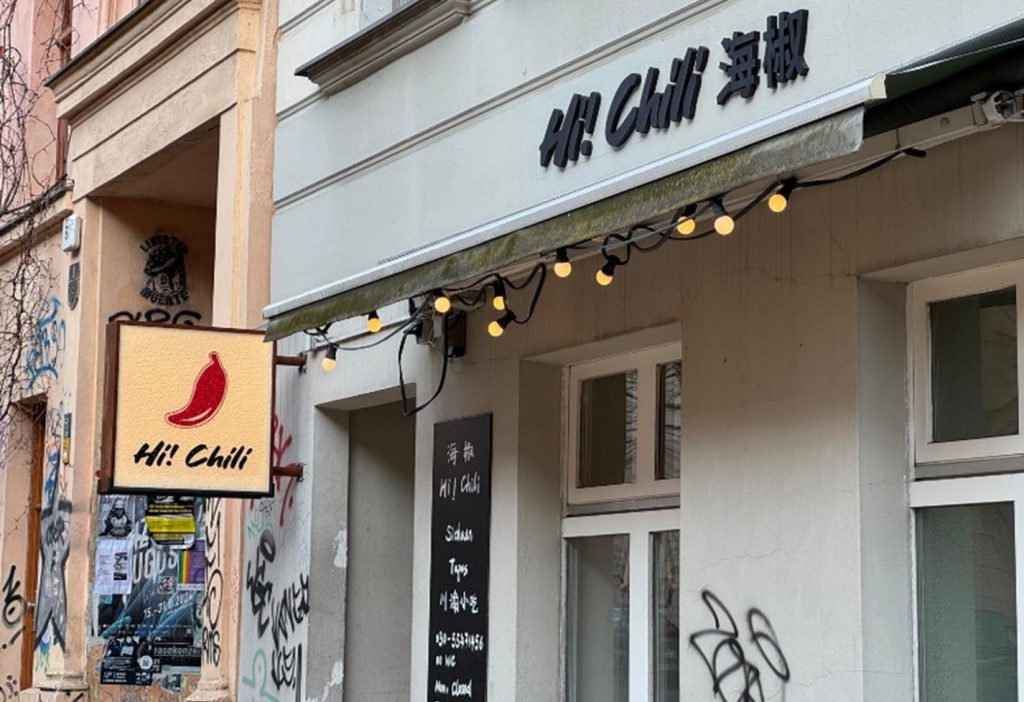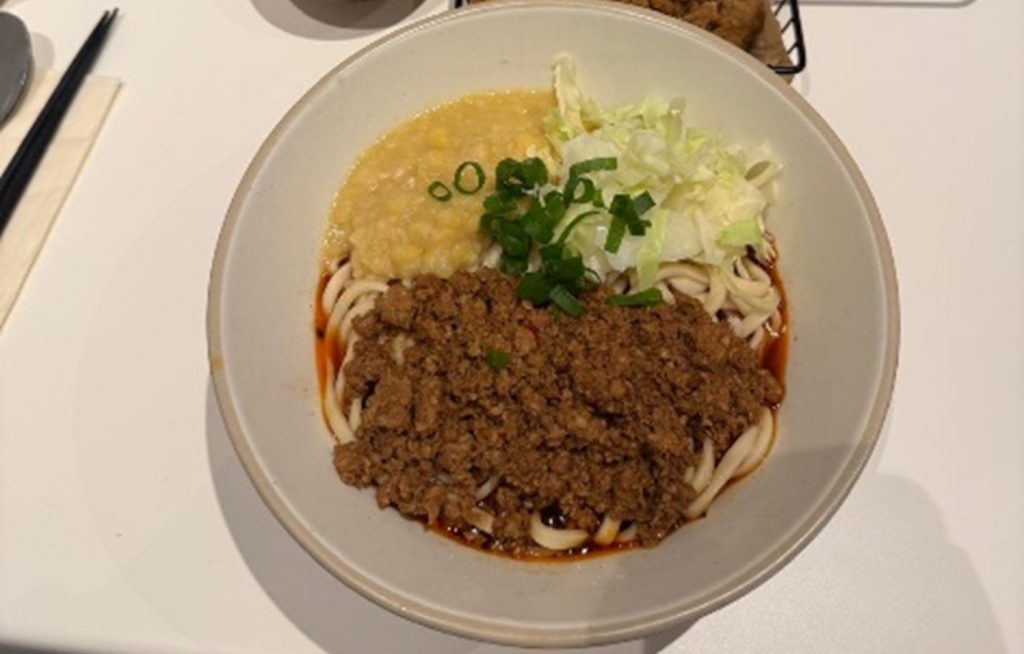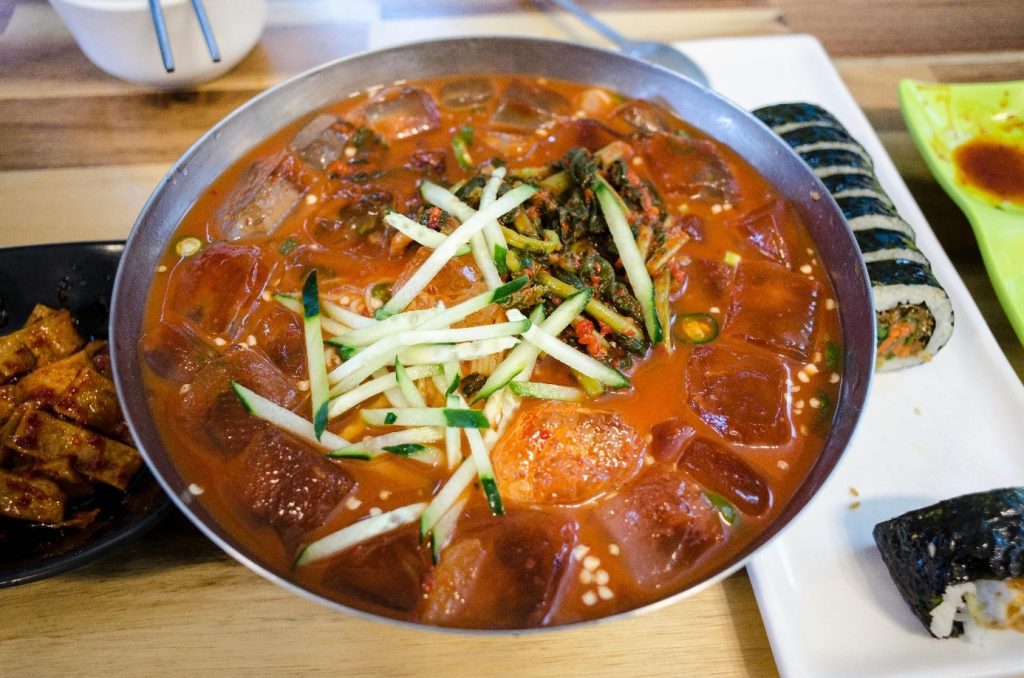by Lidia Gaspara Salvador
Boxhagener Platz in Berlin on a Saturday evening: The queue at the entrance to Weng Cheng 3 is long and me and my friends decide to go to the next restaurant just a few meters away and see if we have any better luck finding a table at MOIM, a Korean restaurant. However, the restaurant is also full. I check my saved restaurants on Google Maps and remember that a new ramen place opened two streets away a few weeks ago and decide to check it out and tick another restaurant off my list to find the tastiest and most authentic ramen in town. This scenario might not be unfamiliar to many and could be a regular part of people’s weekend plans. “Where do we want to go for dinner?”, “I’ve sent you a reel with a restaurant that I want to try, lets’ go there for dinner!”, kickstarts the search for a place that not only offers delicious food, but also an authentic insight into the country’s cuisine.

Copyright © DominiqueVince 2017 (https://cdn.pixabay.com/photo/2017/04/12/17/36/soup-2225143_1280.jpg)
At Boxhagener Platz in particular, it is interesting to see how you can supposedly take a trip through East Asian countries such as Japan, Korea or China in just a few minutes by hopping from restaurant to restaurant. It is also interesting to note that fusion cuisine restaurants have sprung up in the area, not only serving East Asian cuisine, but also localizing the dishes.
Three questions arise from this observation: What is an authentic dining experience and what does it mean to localize one’s own cuisine? Further, does authenticity really matter? At Boxhagener Platz it is easy to feel as if you are on a food adventure, always looking for a new, exotic restaurant to try. The term food adventurer was shaped by the author Lisa Heldke and illustrates the human desire for novelty in culinary experiences. Food adventurers seek out new and exotic dishes. In her book “Exotic Appetites – Ruminations of a Food Adventurer”, published in 2003, Heldke describes that seeking out exotic cuisines is sometimes less about genuine cultural appreciation and more about accruing social status or „cultural capital.“ This quickly can become a slippery slope between cultural appropriation, commodifying ethnic foods and appreciating the cultural exchange through food. The notion of what is considered „authentic“ often aligns with the preconceptions of the food adventures rather than reflecting the lived reality of those within the culture. This can lead to a distorted view of what truly represents a cuisine and the appreciation for the adaptation of dishes, which also represent the willingness of one culture to be part of an exchange.
To find out how this quest for novelty affects different cuisines, let’s take a look at the menu at Shōdo Udon Lab located at Boxhagner Platz. The menu includes traditional versions of udon as well as starters such as “Miso Avocado” or “Takuan Cream Cheese”, which is a pickled radish covered in cream cheese. Neither of these items would be found in a local Japanese udon restaurant but seem to be a staple on the Shōdo menu. In the menu, the “Bacon Kamatama Udon” is described as „warm udon noodles, bukkake egg yolk sauce, butter, bacon tempura, shredded parmesan, pepper and spring onion“, which, judging by the ingredients, sounds like a rendition of the Italian dish carbonara. Udon and carbonara? Sounds like an interesting combination.
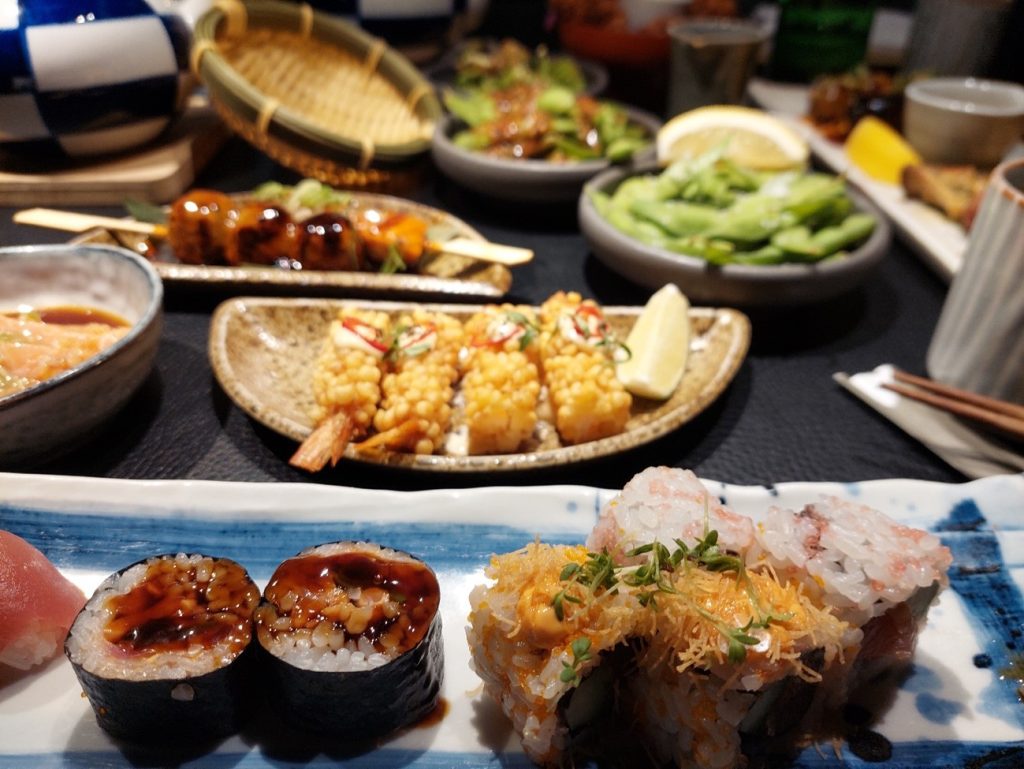
Copyright © Cornelia Reiher 2024
However, restaurants such as Menchirashi in Tokyo’s Shibuya have a version of Carbonara Udon on their menu as well, attracting locals and tourists alike through social media with their fusion of Italian and Japanese cuisine. At my visit at both Menchirashi and Shōdo Udon Lab, this twist on Japanese udon seemed to be an especially popular order with costumers. As food can be seen as a local, individual choice based on personal preferences, it in fact is much more than that. Food can also be considered as a global commodity used and shaped by different actors, depending on their intention. Based on Christle Lane’s (2011) definition, in our example of Carbonara Udon, glocalization refers to the adaptation of a cuisine to align with the tastes, preferences, cultural norms and ingredients of a particular region, in that case Western taste. This concept combines two aspects: Firstly, “globalization”, which entails the worldwide spread of resources and secondly, “localization”, which tailors said resources to the local markets. Not only new creations like Carbonara Udon are an example of glocalization, but let’s remember the side dishes. The adjustment of flavor or the substitution of ingredients are key features of glocalization as well. Another example is the spice level of Chinese dishes and regional and seasonal vegetables that are being incorporated into dishes, cutting costs and providing a staple supply for restaurants throughout the year.
So, does authenticity really matter? Rather than worrying about authenticity, as food adventurers we should be open to what these adaptations can tell us about cultural exchange through food and the livelihoods of the people behind the restaurants. So, as a challenge to all of us, next time on our journey as Food Adventurers, let’s try to look for clues and signs that tell us not only about the changes and adaptations that menus have gone through, but also about other social implications that might be connected to them.
References
Heldke, Lisa M. (2003): Exotic appetites. Ruminations of a food adventurer. New York, N.Y.: Routledge. Online verfügbar unter http://www.loc.gov/catdir/enhancements/fy0651/2002156317-d.html.
Lane, Christel (2011): Culinary culture and globalization: an analysis of British and German Michelin-starred restaurants. In: The British Journal of Sociology 62 (4), S. 696–717. DOI: 10.1111/j.1468-4446.2011.01387.x.
Lidia Gaspara Salvador is a student in the Master program Japanese Studies at Freie Universität Berlin

